A Drop of Irish Cognac – and a Wandering Story or Two.
Did you know that the first Cognac in France was bottled by an Irish family from the north of County Cork? Join us as we take a wander around their story and surname.
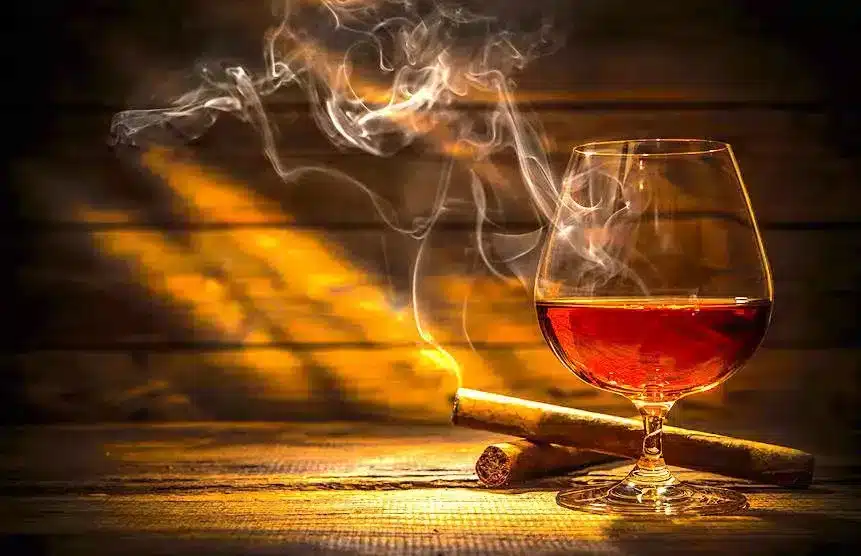
Today, we are going to have a “wander” around the place – covering two significant birthdays, one here in Ireland and one in France. Then, we’ll head over to Scotland for a reel or two.
Finally, we’ll hear from a reader who ties a lot of these items together. Very international, I’ll have you know – and very Irish!
How about starting with the music? I’m often struck by comments from people visiting Ireland – attracted into a pub by the sounds of an Irish Reel at full belt, or a lilting air. Then, they are often surprised to hear a tune that may have come out of Kentucky or Nashville.
Well, a lot of Irish musicians move between these sounds in the same musical family with both ease and delight. Here is an example. I do love the “Transatlantic Sessions” – shot in Scotland and featuring Irish, Scottish, American and many more excellent musicians. This track, “Sophie’s Dancing Feet” is led by the Shetland fiddle player Aly Bain – and watch out, you will be smiling and tapping your feet by the end:
What do you think? Wasn’t that wonderful? Music is indeed a great unifier in this world.
Wandering on a Little Further.
As I mentioned, we are going to wander around a little this morning. Next week, Carina and myself are off to Sligo/Leitrim and Donegal for another Irish Homelands feature for the Green Room. Sligo is full of celebrations at the moment for the 150th birthday of Ireland’s most favourite poet – William Butler Yeats. His mother came from these parts, and he visited many times as a child and over the years – in fact, he is buried under the shadow of Ben Bulben outside the town of Sligo. Maybe you have heard some of the lines from this poem of his – “The Song of Wandering Aengus” (I think we’ll lay it all out here):
I went out to the hazel wood,Because a fire was in my head,
And cut and peeled a hazel wand,And hooked a berry to a thread;
And when white moths were on the wing,
And moth-like stars were flickering out,
I dropped the berry in a stream
And caught a little silver trout.
When I had laid it on the floor
I went to blow the fire a-flame,
But something rustled on the floor,
And someone called me by my name:
It had become a glimmering girl
With apple blossom in her hair
Who called me by my name and ran
And faded through the brightening air.
Though I am old with wandering
Through hollow lands and hilly lands,
I will find out where she has gone,
And kiss her lips and take her hands;
And walk among long dappled grass,
And pluck till time and times are done,
The silver apples of the moon,
The golden apples of the sun.
Did you enjoy that? There is such a timelessness in that mans words!
Now, I did mention that this morning’s letter was “wandering”, so let’s wander on. The title of that poem contains a mans name that was popular down through the centuries in both Ireland and Scotland – the name of Aonghus or Aengus.
From Aengus to Hennessy.
Last week, our letter covered aspects of “Brehon Law”, the old Irish ways of dealing with disputes and civil rights. Carolyn Hennecy from Florida was on to me shortly afterwards with the following:
Mike/Carina, I wept as I read this post. Given the condition of most governments, and society in general, especially both here in America, oh, how we could learn from the Brehon governing system. To think a wealthy man could be reduced to a commoner for lack of hospitality and care for his fellow man. My roots began here in America in the early 1600s, in the South. This has given me a much sharper understanding of our pride, heritage and disdain for what is going on to remove signs and symbols of all that.
When my people relocated further south over the centuries, tho one branch may stop along the way, the others who kept moving were family. They intermarried with other branches, i.e. Hennecy married Cumbo (now Combee), Combee married Grimes, Grimes married Reynolds, etc. But all I’ve heard and read, they stuck together, and if you harmed one, you had all to deal with. We now cumulatively have thousands from their roots right here in central Florida. THAT is my Southern and Irish heritage. THAT is who I am. You two are the emerald in the isle. Anticipating another Sunday already.”
Thank you very much for sharing that Carolyn – and I hope you do not mind us sharing it with our other readers. In an earlier email, Carolyn explained how her Hennecy name came from Hennessy which came from O’Hennessy which came from Ireland.
Hennessy is a surname found in the family tree of many of our readers – maybe your own one? It comes from the Irish, “Ó hAonghusa” or “descendant of Aonghus”. As I mentioned earlier, Aonghus was a popular name in Ireland down through the centuries – and when the surname system came into place, different groups of Ó hAonghusa families sprung up around the country. Today you will find it mostly in Munster as well as parts of Leinster.
When the names were anglicised, this name sometimes became Hennessy/Hennessey. sometimes Ennis, sometimes Henchy and so on.
The Wild Geese and The Green Fields of France.
On to another birthday. This year is not just the 150th birthday of William Butler Yeats, but also the 250th birthday of the great Cognac (we like to call it Brandy in Ireland!) house of France, Hennessys.
About 25 miles to the north of where I’m sitting at the moment, you will find the County Cork town of Mallow. If you head to Mallow, and then turn right for Castletownroche along the River Blackwater, you will come upon the small village of Killavullen and Ballymacoy House at it’s centre. This was the house that Richard Hennessy, the youngest son, left in 1744 to fight in the armies of Louis XV of France. He saw service and was injured at the battle of Fontenoy in 1745. Shortly afterwards, he settled near a small town in the west of France – a town on the banks of the Charente river called Cognac.
It was in Cognac that Richard Hennessy experimented with a particular style of Brandy – the precursor to the Cognac that we know today. The firm stayed in family hands down through the decades – and there is still Hennessy involvement even though the company has assimilated into a much larger luxury brand corporation.
Earlier this year, I came across an interview with Frederic and Maurice Hennessy – the descendants of Richard Hennessy of Killavullen. They welcomed their French growers and producers back to Ballymacoy house, which has stayed with the family down through the centuries. One of the things that struck me most was Bill Linnane’s (the interviewer) explanation of the French term “terroir” – a term often applied to describe the region from which a French wine originates:
It means the climate, geography, soil conditions, people and production techniques that come together to create a specific wine. In short, it means a sense of place, of origin, of home.
In a way, Killavullen in north Cork has remained the “terroir” for the Hennessy family down through the centuries. Sligo has been the “terroir” for the poet, William Butler Yeats. For Carolyn Hennecy, her “terroir” seems to exist in a strong sense of kinship and shared values that has transplant to central Florida. How about you – where is your “terroir”? Do Leave a comment below and let me know.
Well, enough “wandering” for one week – I hope you enjoyed our rambles across music, birthdays, geography and history.
We’ll see you next week!
Slán, Mike and Carina

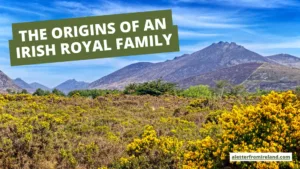
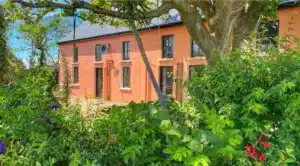
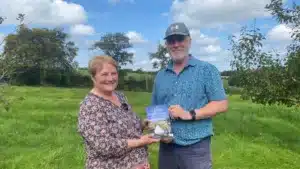
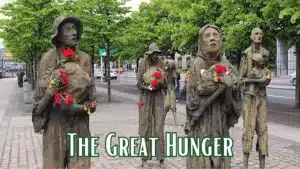
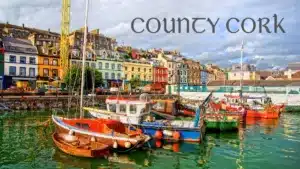
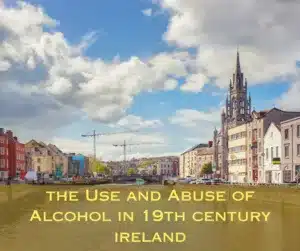
Only Plus Members can comment - Join Now
If you already have an account sign in here.